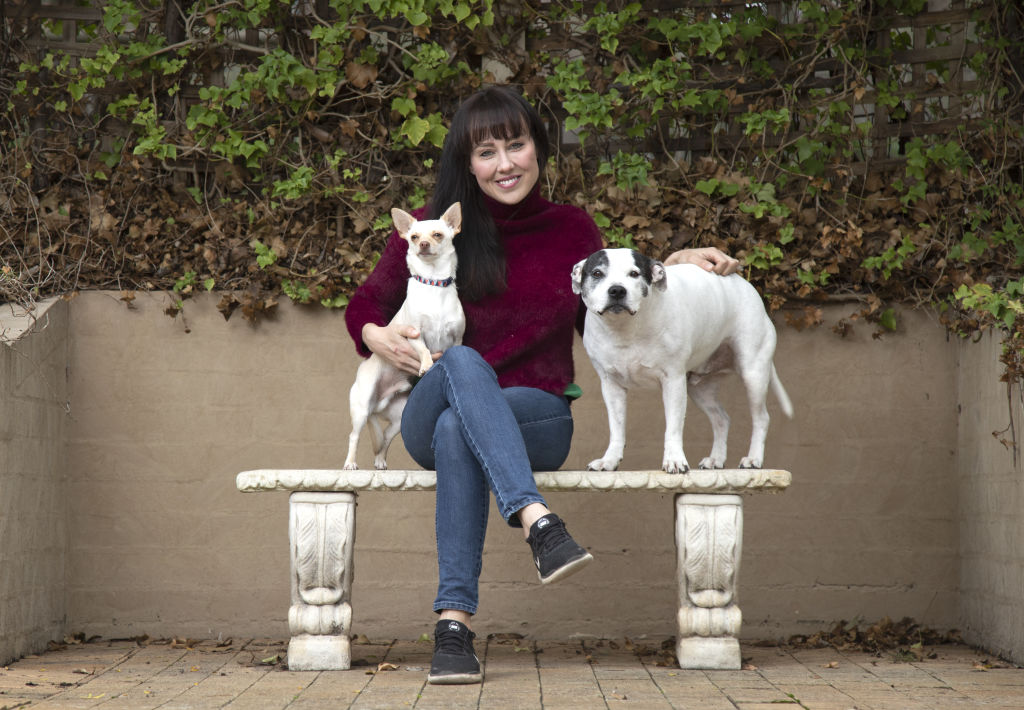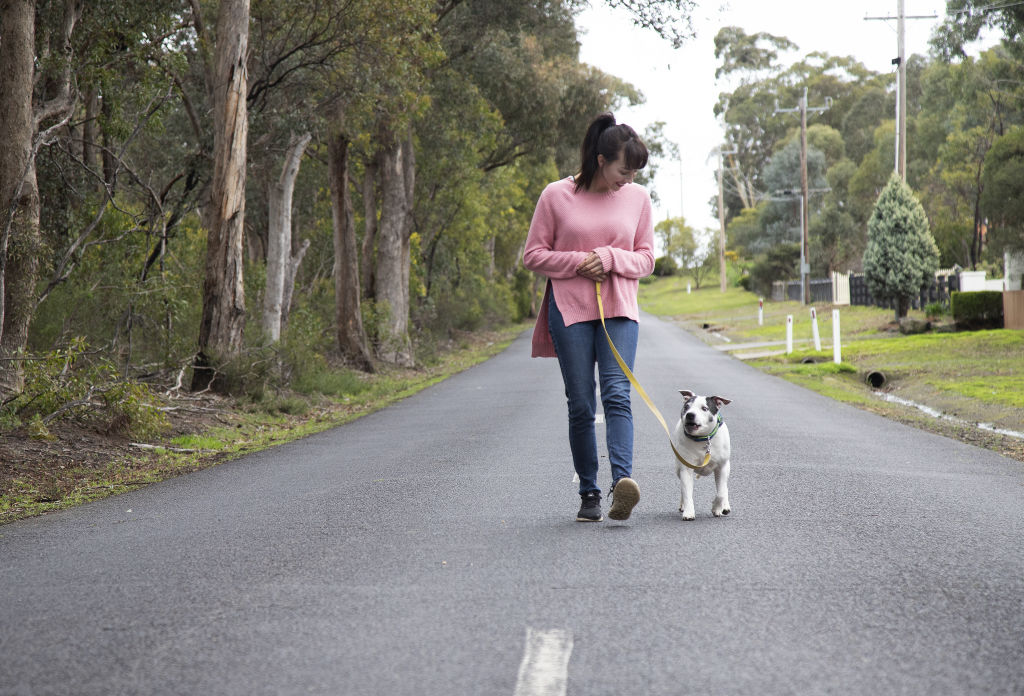Laura V: How to know your dog is suffering mental health problems

Mental health in canines is as important as their physical health. Research confirms that dogs have the capacity to experience a range of emotions including sadness, happiness, anxiety and fear.
Even jealousy has been observed in dogs, as well as anger and frustration.
Life for a dog can be incredibly difficult in this world, and as a result, many dogs suffer from poor mental health. About 40 per cent of dogs are diagnosed with an anxiety disorder, and 10 per cent of dogs are currently treated for anxiety with medication, a University of Finland study found.
In my career, anxiety is the most common cause of unwanted dog behaviour.
From chewing up the furniture, to howling in the backyard, escaping, showing aggression and even inappropriate elimination, unwanted dog behaviour is usually an expression of the dog’s mental state.
But there are times in which your dog’s distress may be more subtle. Yawing in unfamiliar environments, becoming itchy without obvious cause, shaking their whole body in times of duress and even showing the white out of the corner of their eye are all discrete signals that your dog needs you to step up for their wellbeing.

It is important to identify what may cause your pup to feel stressed out and any sign of distress should be acted on as an opportunity to keep your dog safe and calm. If you need to give your dog space, then move them away and allow them to relax. It is critical that owners do not force their dog to have experiences that are anxiety provoking.
New situations can also be an opportunity to teach your dog that many experiences result in positive outcomes.
For example, if your dog is unsure of a new environment, allow them to explore at a distance and reward their optimistic and calm signals with high value food, praise and even play.
When you pair a new experience with something your dog loves, they will learn to associate the two. This is what we call Pavlovian conditioning. It is a great tool for dog owners, who want to help their dogs overcome fears and phobias in life.
Think about your dog’s mental health and look for the signs. Perhaps your dog is trying to tell you something. Now it’s your turn to respond.
With any training, never push your dog’s limits. Always work within their comfort zone. Their behaviour and body language will indicate how comfortable they are.
Laura V is a pet behaviourist and dog trainer. Her book The Rescue Dog is out September 17 (Penguin).
We recommend
States
Capital Cities
Capital Cities - Rentals
Popular Areas
Allhomes
More







